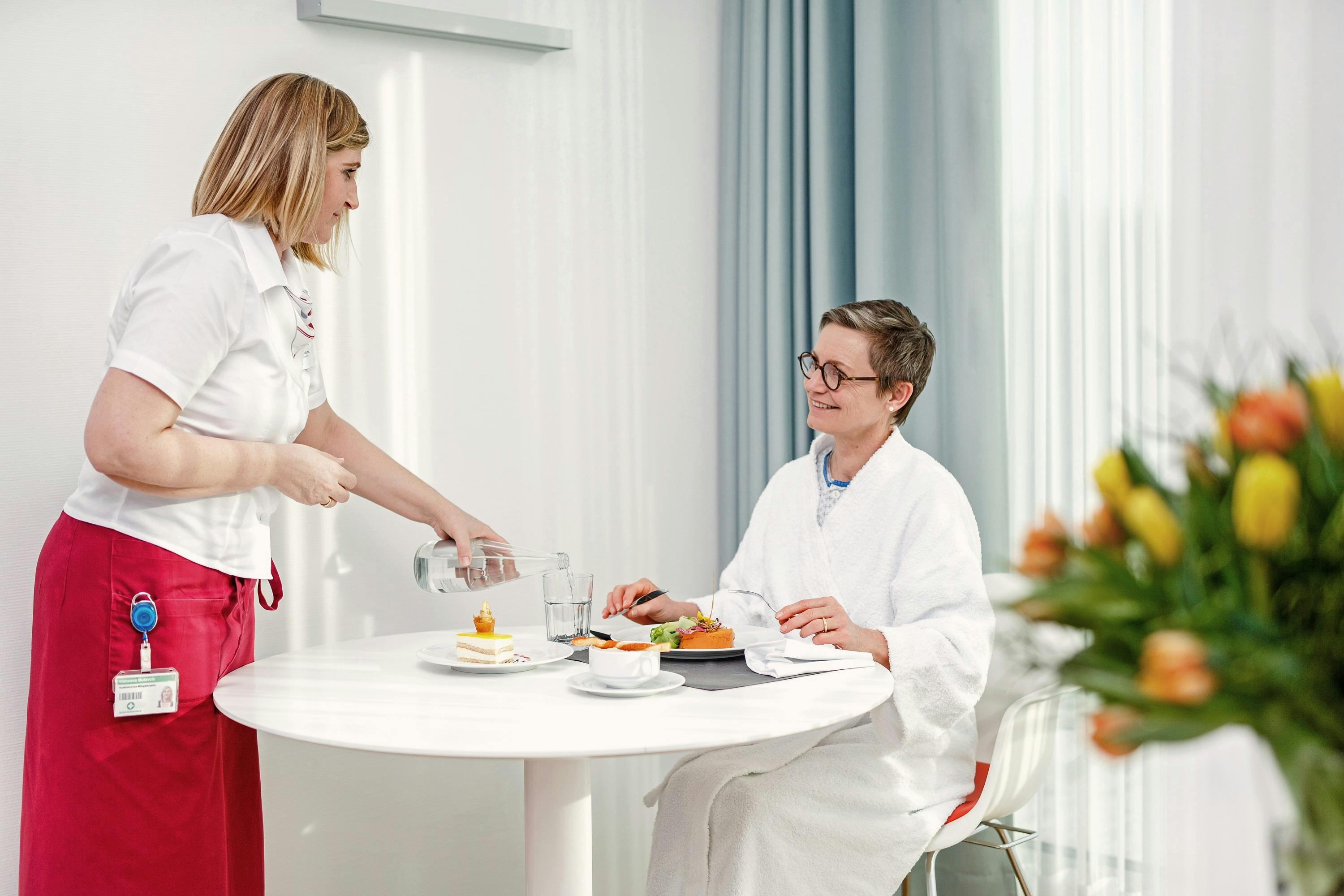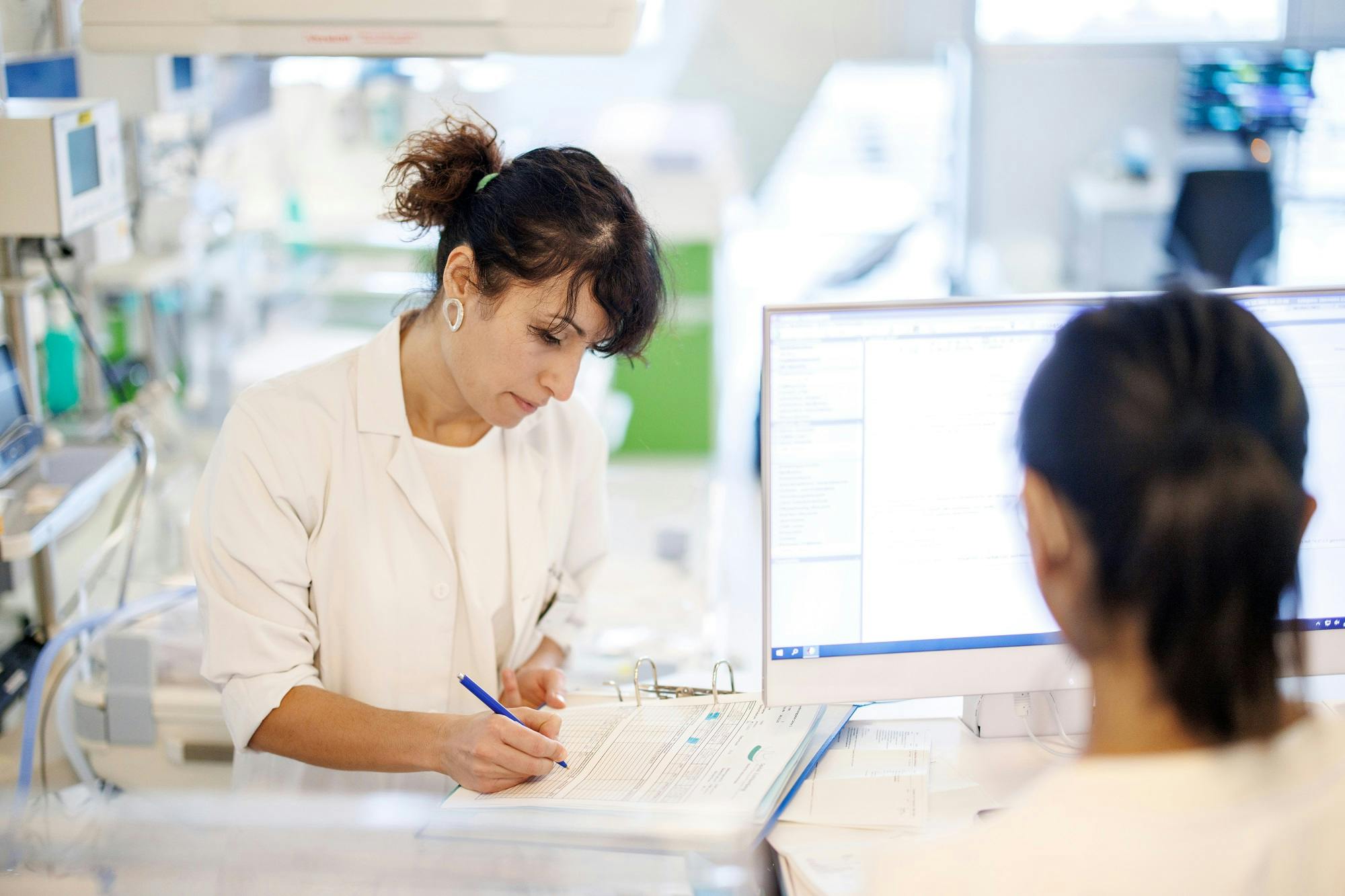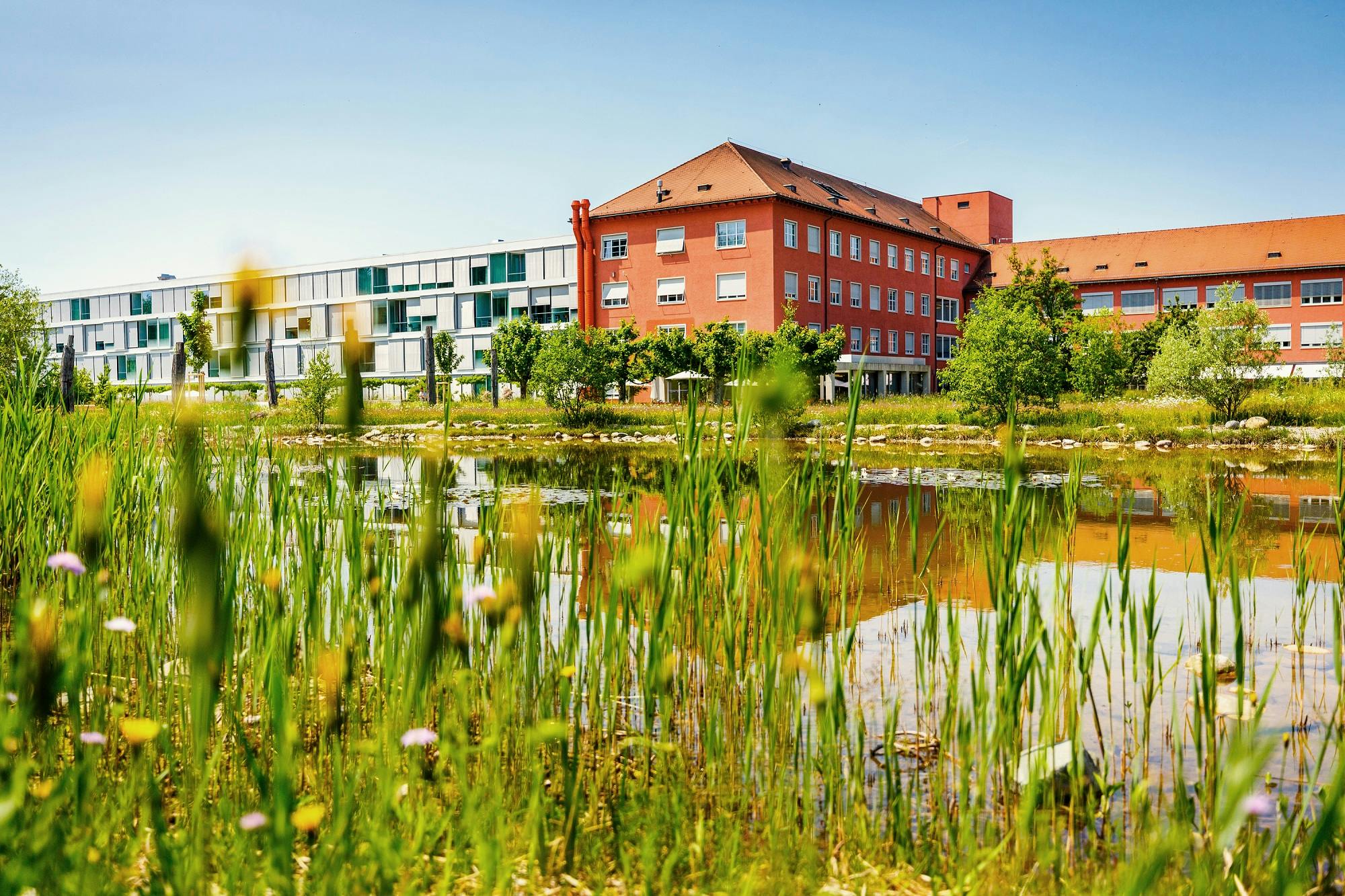Hand surgery: Everything you need to know - an interview with Dr Andreas Schierz, Head Physician and Head of the Department of Surgery at Zollikerberg Hospital
Dr. med. Andreas Schierz
October 24, 2025
5 min
At Zollikerberg Hospital, the motto is: precise surgery on one of the most fascinating and at the same time most complex parts of the body - the hand. Hand surgery here means not only modern technology, but above all very precise craftsmanship. This is what Dr Andreas Schierz, Head Physician and Clinic Director of Surgery, and his team stand for. They treat complaints such as carpal tunnel syndrome, rapid fingers, ganglions, hand injuries or fractures with empathy and expertise and use occupational therapy to restore the mobility of your fingers. In this interview, you can find out what is particularly important in these sensitive interventions.
The hand is one of the most complex organs in the body. What fascinates you personally about hand surgery?
It fulfils me when I can enable people with injuries or illnesses to regain good hand function. A patient who leaves my follow-up consultation satisfied gives me great pleasure.
Which illnesses or injuries do you treat most frequently - and how do they differ depending on the age group?
We often treat surgically uncomplicated illnesses or injuries. I operate on carpal tunnel syndrome very frequently. This is a constriction in one of the main nerves to the hand, which can lead to numbness in certain fingers and thus to functional limitations in the hand. This can occur in all age groups, although younger people tend to be less affected. Surgery can provide rapid relief. Bone fractures in the hand are also common. However, not all fractures require surgery; special splint treatment is often sufficient. We do not treat complex injuries or illnesses that require an artificial finger joint, for example.
Many patients are unsettled when hand surgery becomes necessary. How do you allay their fears about surgery?
I always try to explain to patients what they can expect and try not to use any technical terms so that laypeople can understand everything. I also describe the course of the operation - from preparation to discharge for most outpatient procedures. This builds trust and helps to alleviate anxiety.
What role do "minimally invasive techniques" and modern imaging play in hand surgery today?
The term "minimally invasive technique" is often only understood to mean that the skin incision is as small as possible. The scar is often the only thing you can see from the outside after an operation. However, it is also important to work as gently as possible on the inside. It helps to have a steady hand as a surgeon.
Imaging already plays an important role in diagnostics, e.g. using X-rays, MRI or ultrasound. In the case of bone fractures, computer tomography is often used to better understand the fracture pattern or to recognise the fracture in the first place. However, imaging is not necessary in all cases - the clinical examination is often sufficient for a clear diagnosis.
In addition to the operation itself, the follow-up treatment is crucial. How do you work together with physiotherapy and occupational therapy?
Depending on the procedure, ergo- or physiotherapeutic follow-up treatment can be decisive for success - be it through targeted splint treatment or movement therapy. We work closely with our therapy centre. For patients who live further away, however, we also find solutions in their region of residence. At the same time, not every diagnosis or operation requires such therapy.
Are there any typical misunderstandings or myths about hand surgery that you are often confronted with?
Many complaints can be treated with minor procedures under local anaesthetic - e.g. a "snapping finger" or, depending on the location, a ganglion (protrusion of the joint capsule) on the finger joints. A general anaesthetic is therefore not always necessary.
What are your hopes for the further development of hand surgery at Zollikerberg Hospital over the next few years?
I have been treating patients with hand complaints or injuries for over 20 years now. Dr L. Aloji, also a trauma surgeon with a great passion for hand surgery, has joined our management team to ensure that we can continue to offer hand surgery at Zollikerberg Hospital in the future, for example during absences. Together we are committed to all patients with hand problems.
Weitere Beiträge
Counsellor
Hormone fluctuations in winter: What's really behind them?
Many women experience changes in their physical and mental well-being in winter. They feel tired more often, less resilient or more emotionally sensitive. Cycle changes or more intense premenstrual symptoms are also noticed more often during this time. In addition to external factors such as the cold, less exercise or a change in lifestyle, hormonal processes can also play a role.
Counsellor
Spinal surgery: everything you need to know
At Zollikerberg Hospital, the highest precision applies to one of the most central and at the same time most demanding areas of the body - the spine. Spinal surgery here means not only modern, minimally invasive technology, but above all sound expertise, experience and careful, holistic care. This is what Dr Filippo Mandelli, Head of the Spinal Surgery Clinic, and his team stand for. They treat conditions such as herniated discs, spinal canal stenosis, spondylolisthesis, spinal deformities and degenerative changes competently and sensitively and accompany patients on their way to greater stability and quality of life. In this interview, you can find out what is particularly important in these complex interventions - and what modern spinal medicine can achieve today.
Counsellor
Eyelid lift (blepharoplasty) for drooping eyelids - a brief overview
The eyes are the mirror of our soul - and yet drooping eyelids, bags under the eyes or sagging skin on the eyelid can leave a tired and older impression. If you would like to regain an alert, fresh look, an eyelid lift (blepharoplasty) at Zurich Plastic Surgery can help. In this blog post, Prof Dr Hisham Fansa, Head of Plastic Surgery Zurich, explains why many people decide to have their drooping eyelids corrected and what is important during this procedure.


